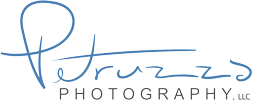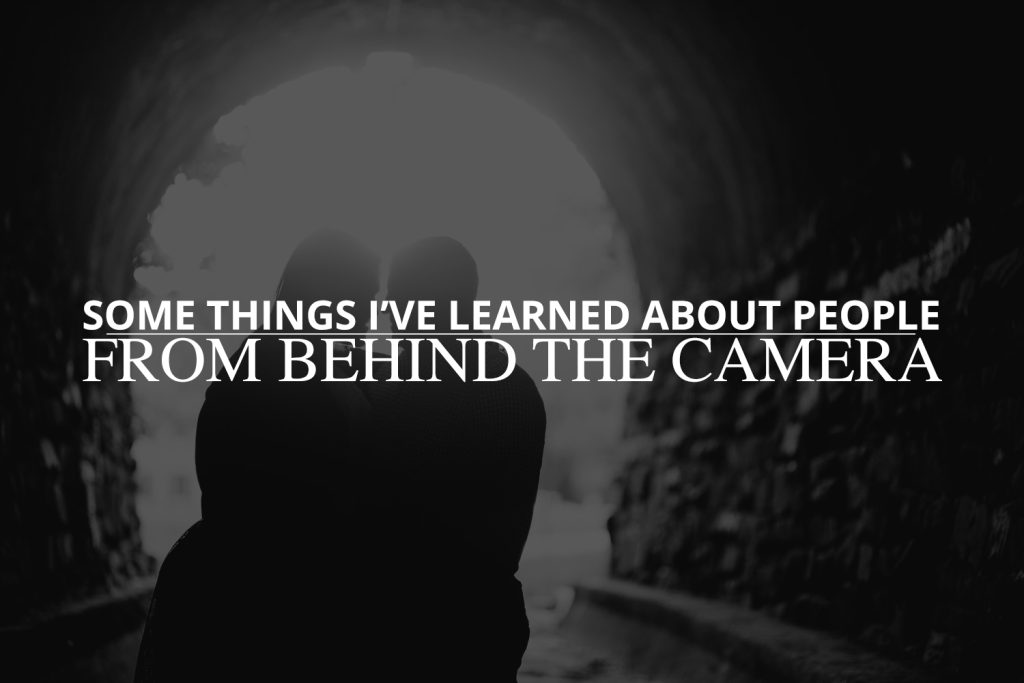I’ve always been someone curious about people; Interested in why people act the way they do or say the things they say. In some other timeline, perhaps I am a research psychologist, or mental health professional. In this timeline, however, I am a photographer and I love it. Although I didn’t study any of this in school, creating portraits of people has taught me a lot about. No, this isn’t science in any way. These are just bits of wisdom I’ve gleaned from working with my clients over the years.
No one is as good at left and right as we feel like we’re supposed to be.
This statement is plainly true. When I ask a subject to step to their left or right, most of them step in the wrong direction. But all of them stepping in the wrong direction are clearly embarrassed about it. Isn’t that interesting? All these people embarrassed by something almost everyone messes up. Maybe it’s because left and right are things we learn early, so it’s embarrassing to forget. It’s as if your psyche is calling you a baby.
When we’re shooting your portraits, embarrassment usually takes us further away from the images we want to create, not closer. So we like to avoid embarrassment. The thing is, this isn’t really about people not knowing their left or right. It’s about realizing that no one is judging you for it. For any of it.
For someone who hasn’t worked with a professional photographer before, there are a lot of things about a portrait session that seem ripe for embarrassment. Maybe you’ll have a hard time understanding instructions. Maybe the wardrobe you choose won’t flatter you. Maybe you’ll seem like you’re “trying too hard”. Whatever, no one is judging you. Not your photographer, not their assistant. You’re probably the only one judging.
People feel confident when they’re getting ready, but lose it when they step in front of the camera
It’s shocking how often I meet someone wearing a great outfit and looking fresh, clearly self conscious about their clothing choice. They obviously spent time and energy to look the way they do, but ultimately got to the session feeling anxious about it.
What’s happening is that people feel bold and courageous with themselves in the mirror, but the session itself is a very meta experience—like hearing your voice through a PA system. It’s reflected back to you and it’s different from the imagined voice in your head when you’re speaking. In the mirror people have a fantasy about who they’d like to be and how they’d like to be seen, but when they get out there, they’re afraid it will look inauthentic.
“I practically never wear this coat”… “I’ve been waiting for something to wear these shoes for”… “I usually don’t wear makeup, but I did it for the shoot”. These are things I hear all the time, followed by a lot of fussing with those things. It’s that anxiety we can see in the images.
It’s always better to wear something tried and true for your portraits. Don’t get adventurous with your style for the session—unless being adventurous is fundamentally who-you-are.
Everyone looks better with crows feet
Yes, the features you keep asking me to remove from your photos are also making you look better, fuller, more alive and more complete. They’re also a telltale sign of a genuine smile, as opposed to the manufactured ones we’ve learned to use from living on a planet of 7 billion people.
A genuine smile creates a natural squint in the eyes, and some crows feet at the edges. Genuine smiles always look best, especially in photos. Think how rarely we realize we’re looking at a genuine smile in real life, and then it’s gone, so it’s a truly special thing to capture one in a still image forever.
Some of the worst photos we’ve ever taken were of people trying really hard to hide their crows feet. Embrace them. Crows feet means a truly positive feeling is coming up and expressing itself, or that you’ve had a lot of those feelings in your lifetime. I think they’re worth embracing.
Almost everyone is starved for encouragement
A photographer’s most important tool in creating a beautiful, authentic portrait is their mind. Their ability to connect, their ability to find that thing this person needs and give it to them in a way they can receive and appreciate it, and then display it through images.
What would I say the common theme in almost all of these people’s needs is? Everyone seems to be starved for encouragement. In a world with formalized kudos, “likes” and “favorites”, something real, thoughtful and almost tangible, is like a rainstorm in a drought. Sometimes I can tell the session we’re having is, itself, looking to quench this thirst. But with some encouragement, sometimes it seems as though they’ve taken a drink before the final image is even taken.
I’ve learned that it’s not unusual for us to feel unnoticed and our efforts unappreciated. It’s not strange, and it’s not a bad thing to want to meet that need for encouragement in who we are and what we’re doing. Sometimes we have to be our own encouragement, and I think that’s a better reason to step in front of a camera than some ephemeral promise of “Likes”.

